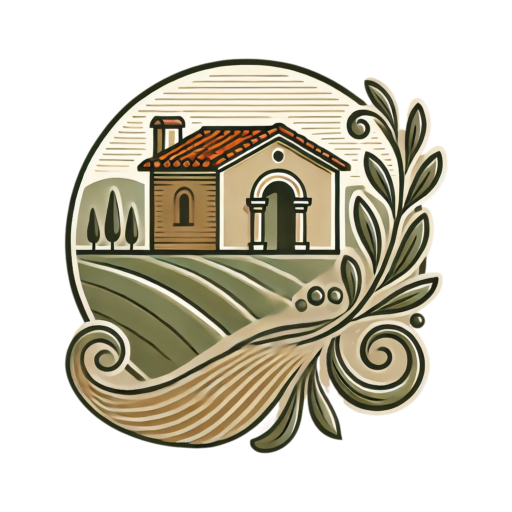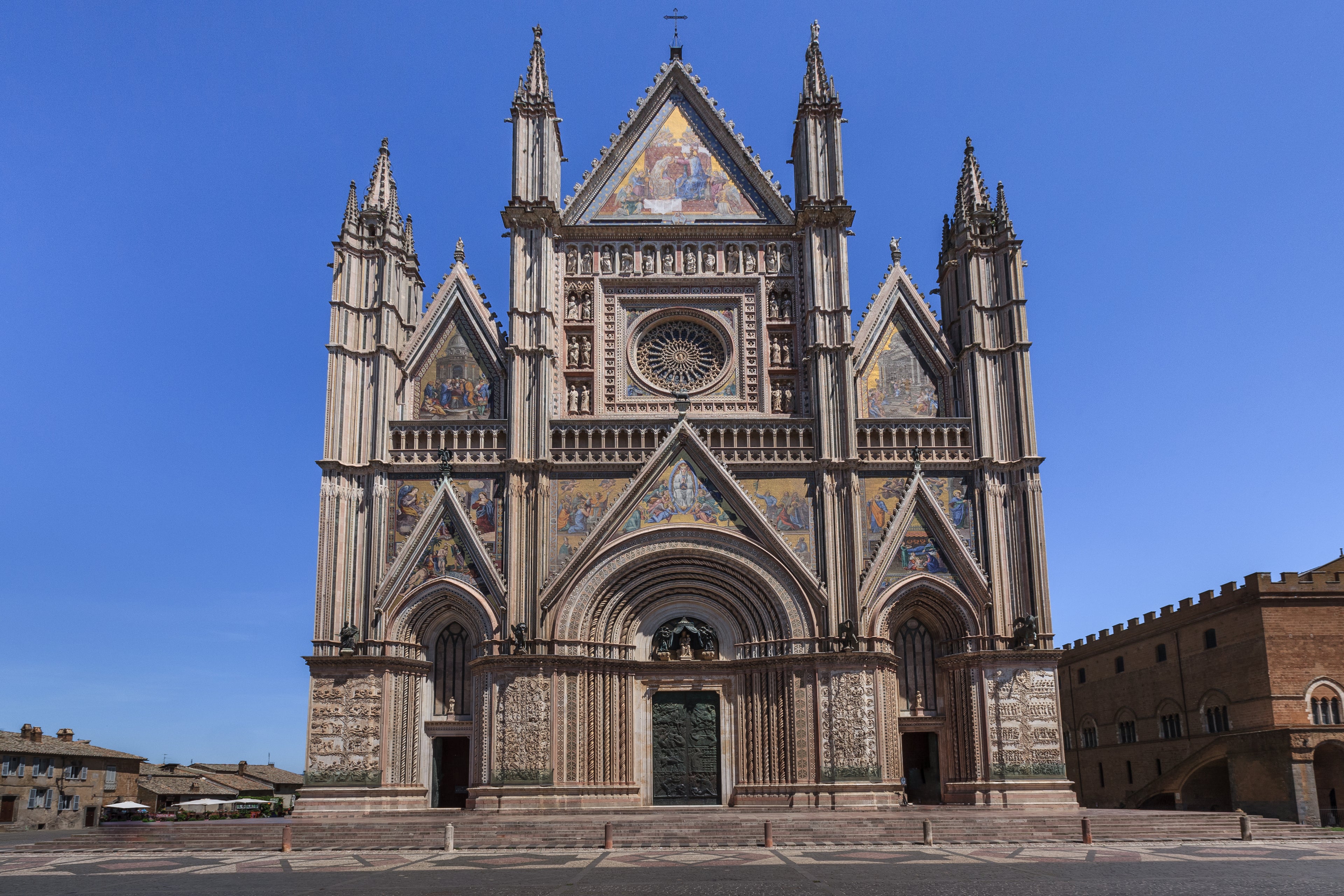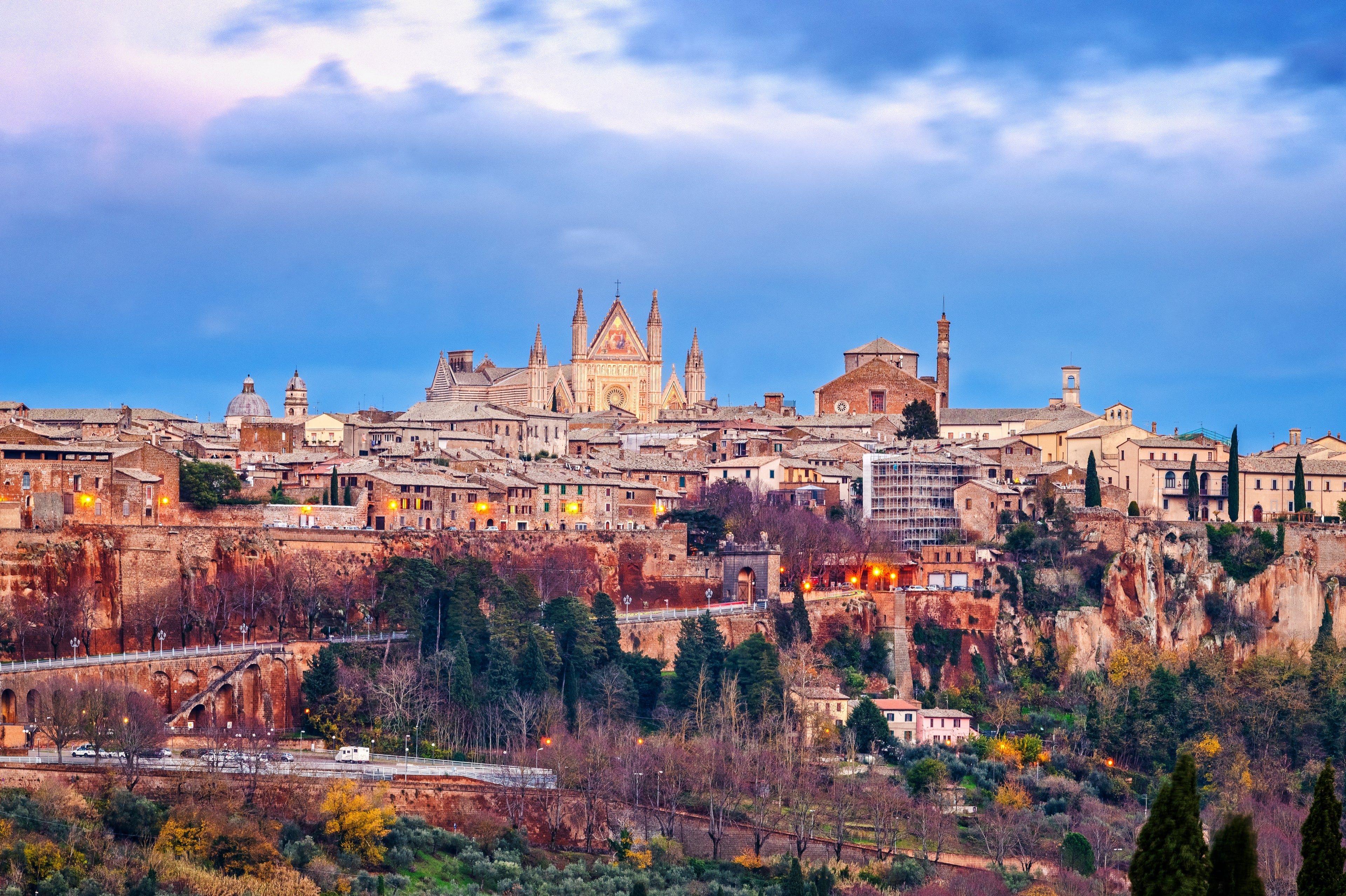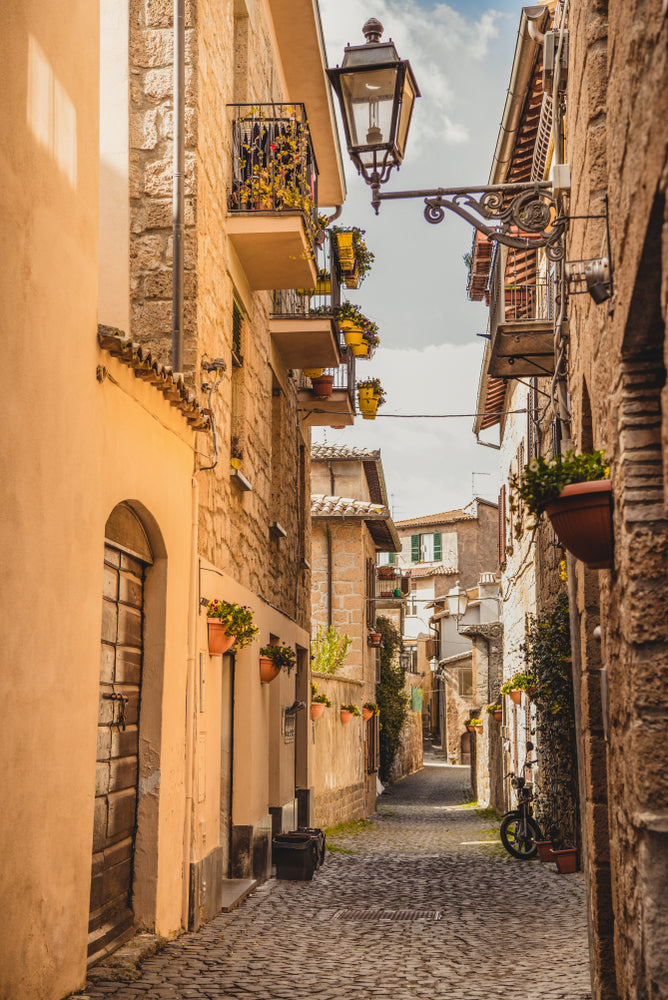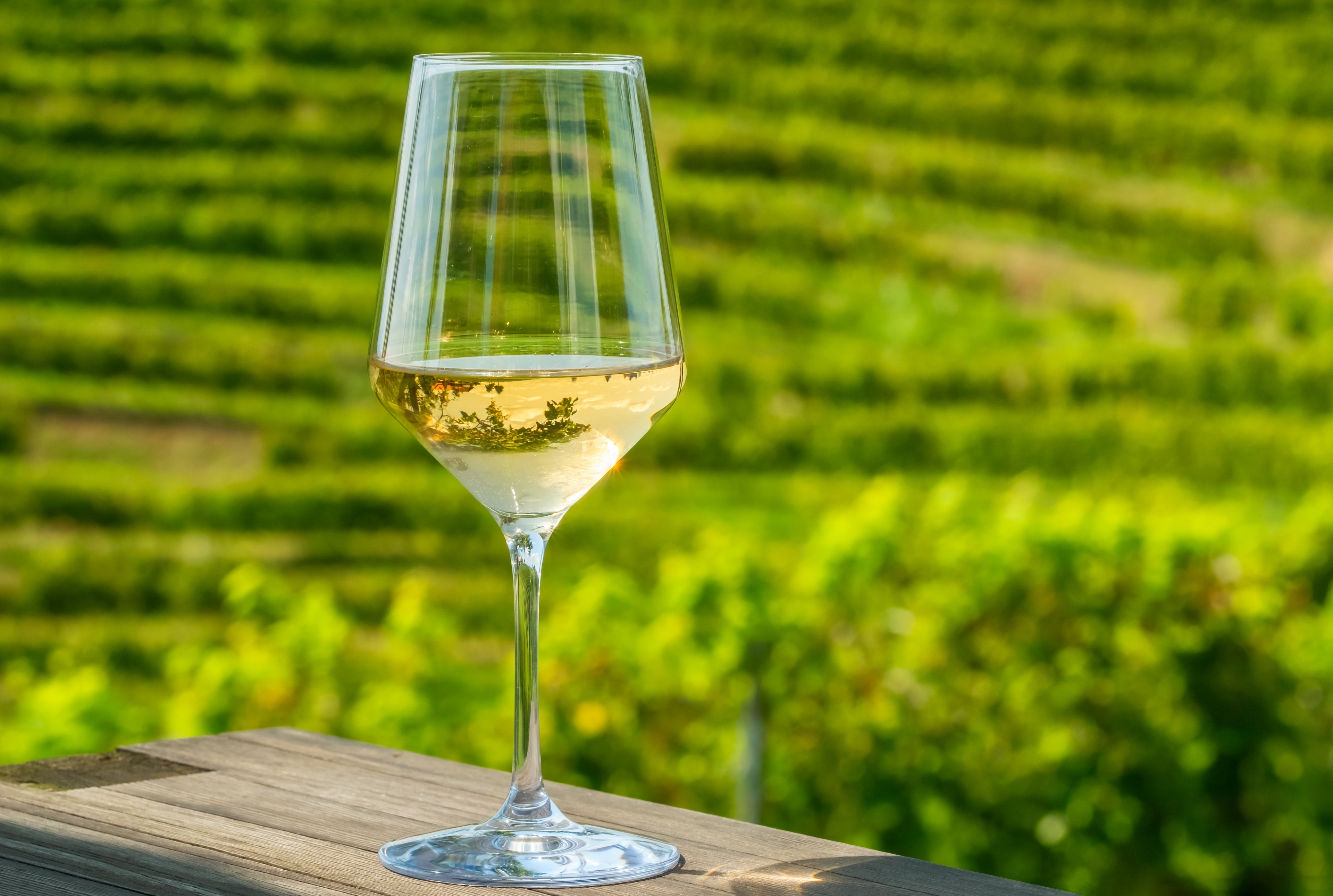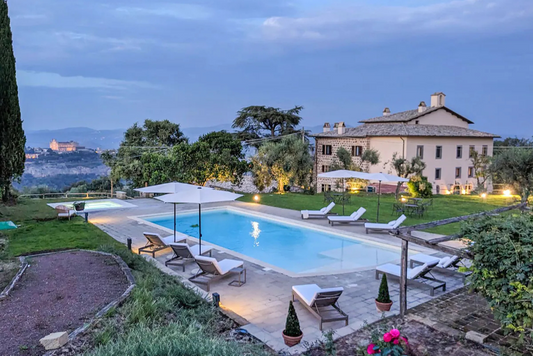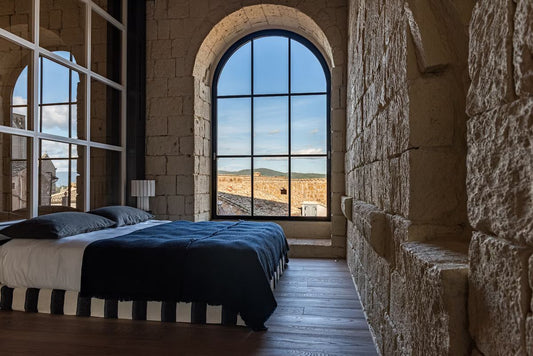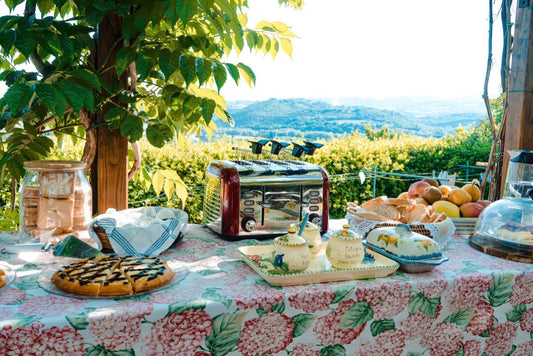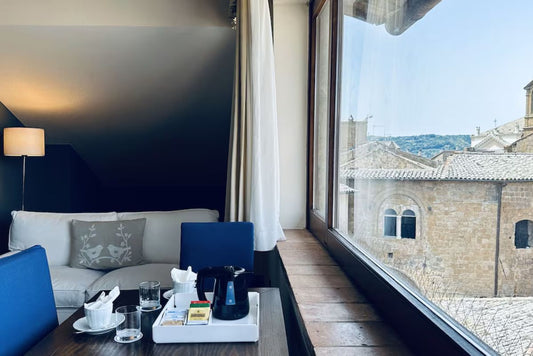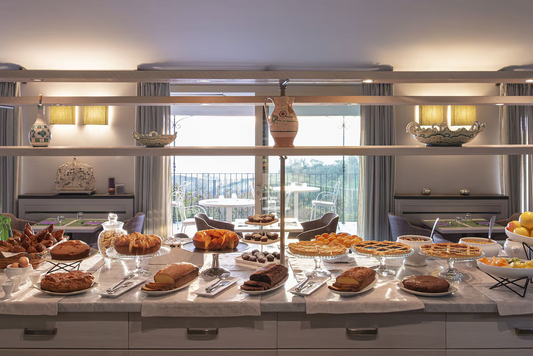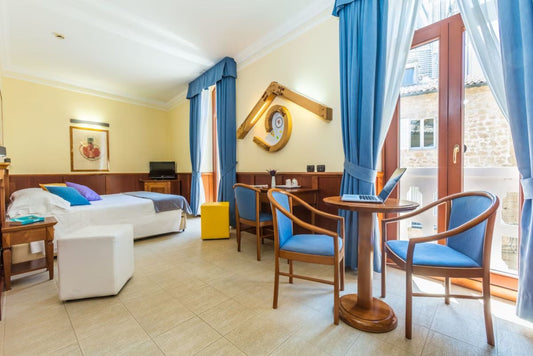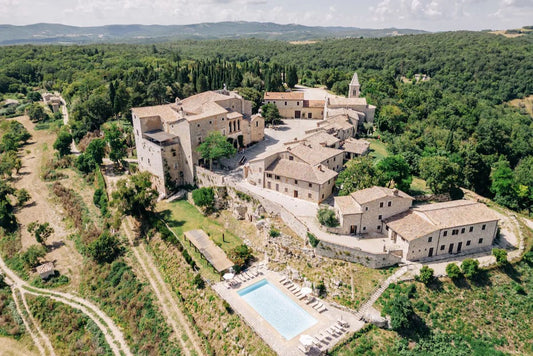Travel Guide to Orvieto
Best Time to Visit
April - June, September - October, December - January
Must-See
Duomo di Orvieto , Orvieto Underground & Pozzo di San Patrizio, Torre del Moro, Palazzo del Popolo, Museo Claudio Faina
Perfect For
History & Architecture, Food & Wine, Cultural Events, Day Trips, Romantic Getaways
History & Culture
What to see
Nature & Surroundings
Typical Food
Events & Traditions
Where to stay in Orvieto
How to get there
- Choosing a selection results in a full page refresh.
- Opens in a new window.
